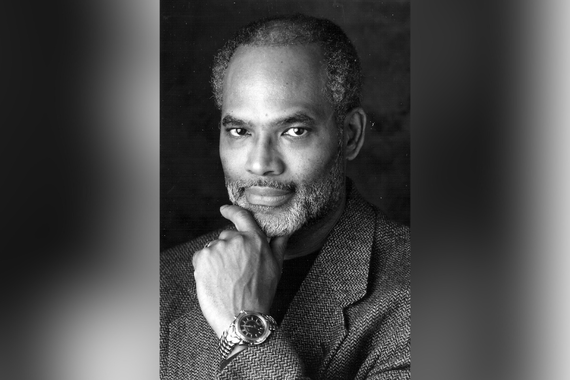Dean’s Corner: Data in the Liberal Arts
Welcome to this issue of Alma Matters, featuring five articles that demonstrate the various ways in which data science is used in the liberal arts. But before I delve into the issue, I’d like to introduce myself. I am a historian specializing in the social history of early modern China and am serving as Interim Dean of the College of Liberal Arts this year. One of the great pleasures of being Dean is reading about the fascinating work of my colleagues, our students, and alumni. I invite you to join me in reading this package of stories.
In his introductory remarks, Galin Jones, a professor of statistics and co-chair of the University of Minnesota’s Data Science Initiative, talks about the ways in which data science includes a wide range of disciplines, enabling scholars and activists to ask and to answer new kinds of questions.
The first article, “Sound in Art: Our Sonic Imaginations and the Power of Listening,” describes the ways in which Diane Willow, a professor in the Department of Art, encouraged her students to listen carefully to their surroundings as they produce works of art. They were asked to do ordinary attentive listening, but in addition they used a technology called Plant Wave which translates biodata from plants into sound. Students used sounds generated by Plant Wave in creating works of art.
The next article, “Reclaiming Identity: How the Red Lake Nation (and Other Tribal Nations) are Moving Past Blood Quantum,” shows how tools derived from data science can be useful in addressing a political problem. Nicole MartinRogers, a psychology and sociology alum, was approached by Sam Strong, Tribal Secretary of the Red Lake Nation, to examine the demographic consequences of blood quantum. She collaborated with sociology professor Carolyn Liebler to project Red Lake Nation tribal membership numbers—research that has the potential to significantly shape the Tribe’s enrollment over the next 100 years.
Another example of the ways in which data science can be useful for analyzing social issues is shown in “Revealing Public History through Maps.” In this piece, students scoured the archives of the National Association for the Advancement of Colored People to find addresses of African Americans, then plotted a map using information from those addresses to produce a picture of the freeway’s destructive impact. While census data provides general information about the racial composition of communities, the precise addresses provided by student research made a finer grained analysis possible.
Data science can also be useful in helping to dismantle common sense notions and produce new questions. It is clear that income inequality in the United States has increased in recent years. One might assume that this is the result of global economic conditions. However, Professor Fatih Guvenen’s research, described in “Minnesota Big Data and Global Wage Inequality” shows that in fact the rise of economic inequality is not a global phenomenon, and hence the causes of American income inequality need to be sought within an American context. This scholarship and important research is happening right here on our campus.
And the final article in the series, “Data and Discovery,” is an interview with alum Elizabeth Cholawsky, whose data-filled career began as a doctoral political science student in CLA. Elizabeth currently serves as CEO of a software company called HG Insights, an organization that can provide their clients with technology information for any company in the world. Every month, they analyze over 22 billion documents to extract this data intelligence—a fitting role and title for someone who has always been passionate about fact-based arguments and objective data. We’re proud to call Elizabeth one of our own.
I hope these Data in the Liberal Arts stories deepen your own knowledge and, maybe as they did for me, fill you with curiosity and a longing to learn more.


